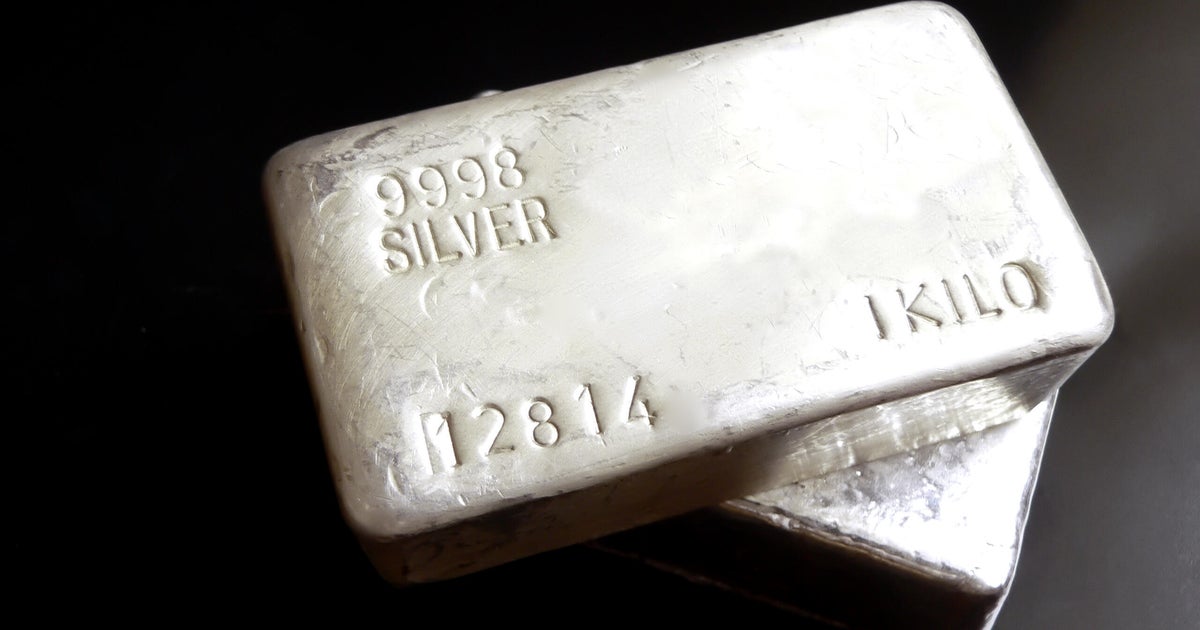What weight of gold bar is best to buy?
Investing in gold has been a time-tested strategy for preserving wealth and diversifying one's investment portfolio. And, among the various forms of gold investments — which include gold bullion, gold stocks, gold ETFs and gold IRAs — buying gold bars is a popular choice due to their tangible nature and ease of storage.
However, there are lots of options when it comes to buying gold bars — and any number of different weights to choose from. In turn, deciding on the appropriate weight of a gold bar can be a crucial decision, no matter what type of investor you are.
So, what weight of gold bar is best to buy? Here's what you should know, along with the factors to consider, when determining the best weight of gold bar to add to your portfolio.
Learn more about your top gold investing options here.
What weight of gold bar is best to buy?
Gold bars come in a range of weights, typically ranging from as small as 1 gram to as large as 1 kilogram or even more. Gold bar weight can typically be broken down into three categories — small, medium and large — and the weight is a critical factor that influences its price, liquidity and storage requirements.
- Small weights (1-10 grams): This gold bar size tends to be suitable for investors with limited funds or those who prefer a more flexible investment approach. They are also popular among gift buyers due to their smaller size and affordability.
- Medium weights (10-100 grams): These gold bars offer a balance between affordability and potential for price appreciation. They tend to be suitable for investors with moderate budgets and a medium- to long-term investment horizon.
- Large weights (100 grams and above): Larger bars are typically favored by institutional investors or high-net-worth individuals. They provide cost efficiency in terms of premiums over the spot price, but they may require more secure storage solutions.
But while the weight of the gold bars you buy will depend heavily on what you can afford to buy, that isn't the only factor to consider. If you're trying to determine what's right for you, it can be helpful to consider the following factors:
Your investment goals
Clearly define your reasons for investing in gold. After all, different gold bar weights serve different purposes, and understanding your objectives can help to guide your decision.
If your goal is to hedge against inflation or diversify your portfolio, smaller to medium-sized bars might be sufficient. If you're looking for a long-term, substantial investment, larger bars could be more appropriate. It all depends on what your goals are for your investment.
Find out more about how gold investing could benefit you here.
The premiums and costs
It can also be helpful to consider the premiums associated with different weights of gold bars. Smaller bars often come with higher premiums, percentage-wise, compared to larger bars, which can add to the overall costs — and in some cases, make larger bars a better bet.
As you narrow down the options, calculate the cost per gram or ounce for each bar, factoring in any additional charges. This will help you determine the most cost-effective option based on your budget.
The liquidity
The liquidity of your investment is another important consideration. Smaller bars are generally more liquid as they are easier to sell in smaller increments. If you anticipate needing to sell portions of your gold holdings in the future, smaller bars may be more suitable.
The storage and security options
The weight of your gold bar also impacts storage considerations. Larger bars may require specialized storage solutions, such as a safe deposit box or a secure vault. Assess your storage options and associated costs before making a purchase.
Your investment timeline
Determine the length of time you plan to hold onto your gold investment. Short-term investors might find smaller bars more liquid and easier to sell, while long-term investors may benefit from the potential cost efficiency of larger bars.
Your diversification strategy
It may also help to consider how gold fits into your overall investment portfolio. Diversification is a key principle of sound investing, and gold can play a role in mitigating risk.
Assess the proportion of your portfolio that gold should represent based on your risk tolerance and investment strategy and then determine which size of gold bars fits best.
The bottom line
Choosing the right weight of a gold bar is a decision that should align with your investment goals, budget and storage capabilities. Whether you opt for smaller, more flexible bars or larger, more cost-efficient ones, thorough research and consideration of your unique circumstances can help guide you toward a sound investment in this timeless precious metal. And, as you narrow down the choices, remember to stay informed about market conditions before making any significant financial decisions.






